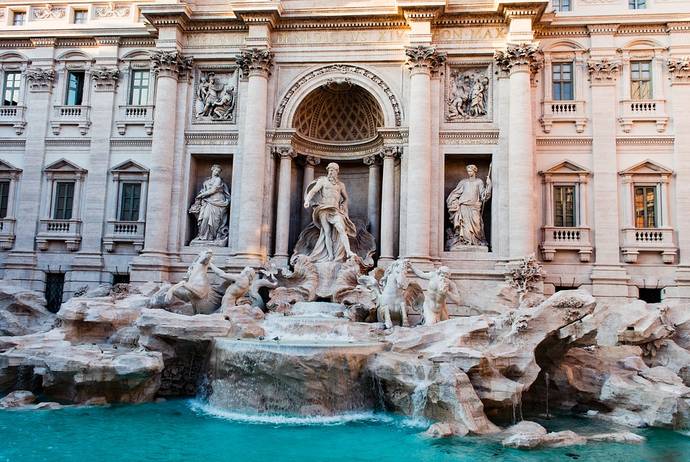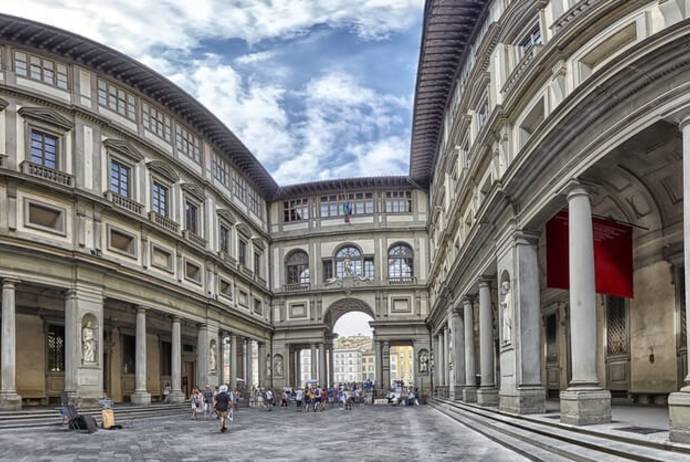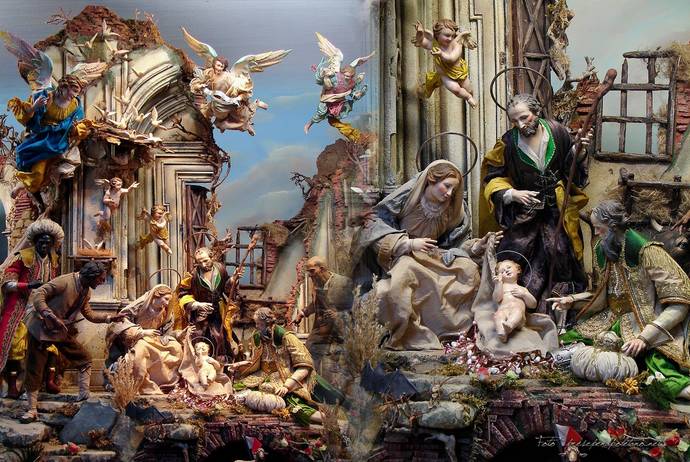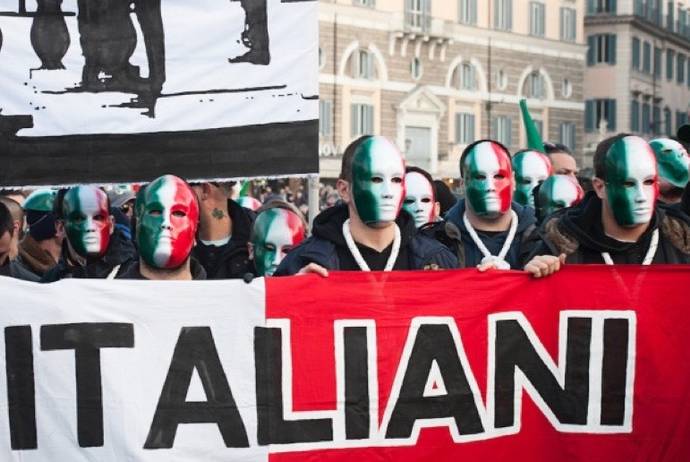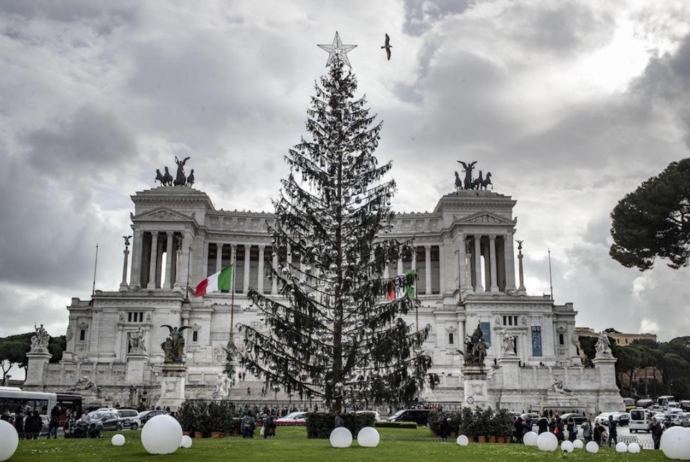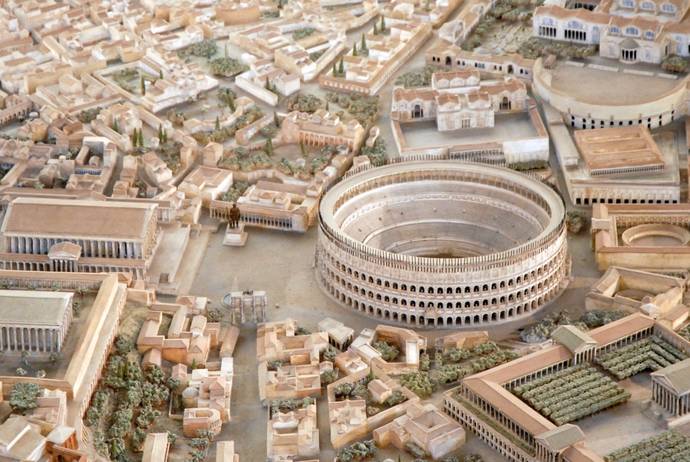In his annual report opening the judiciary year Jan. 26, Giovanni Salvi, General Prosecutor of the Rome Appeals Court, announced that intentional homicides in the Eternal City have dropped from 20 in 2015 to just 10 in 2018. "This is important because it indicates the effectiveness of the public powers in dealing with organized crime, which is responsibile for most of the murders," said Salvi.
Even before 2018 the number of voluntary or intentional homicides throughout Italy was fairly low. According to the national statistics-gathering agency ISTAT, that number fell by almost a third in the five years between 2012 and 2017, or from 528 to 360. During the same period the number of terror attacks in Italy also diminished significantly, from 462 to 291.
The seizure in Rome of some $30 million from alleged mobster Ernesto Diotallevi is another indication of successful investigative work. He denies this: "The real cancer [in Rome] is politics," he said in an interview with the daily Il Fatto Quotidiano back in 201. "It is the State itself that creates crime. Me a boss? When I said that on the phone I was joking.... In Rome the Mafia does not exist."
Prosecutor Salvi disagrees. In his report this past week he said that the notorious organized crime networks -- the Sicilian Mafia, the Calabrian n'Drangheta and the Neapolitan-based Camorra -- have successfully "exported" their criminal activities, including the drug traffic and slot machine chicanery, to Rome, where corruption remains "endemic." Of great concern is the "specific and historic trait characteristic of Rome -- the association of criminal violence, the public administration and business."
On the more generalized and personal level, in Rome alone sexual violence rose by a quarter in just one year, 2018 over 2017, to 789 incidents. And although complaints about domestic violence have diminished slightly, "their persistence shows that domestic violence is an emergency," said Salvi. In the North petty crime remains a particular problem, beginning in Milan, in the lead with 8,500 complaints for every 100,000 inhabitants. Following Milan are Rimini (8,000) and Bologna and Turin (7,000 complaints).
Break-in's of homes was almost 17,000 last year. A particularly grievance instance occurred in Neaples last week when an unemployed partner of a woman with three children beat the seven-year-old to death and sent his sister, eight, to hospital. The children, he said, were making noise and soiling a brand new mattress.
In terms of drug consumption, again according ISTAT, drug-related crime has surged upward from 33,600 in 2012 to 39,500 in 2017. Italy is in the fourth place in the European Union for the use of cocaine and third for cannibis, official sources in Italy report. Cocaine use was of almost 2% last year and ecstasy consumption, 3%. Nevertheless this wa snotably lower than in Ireland, the UK and Holland, all with 9% or more.
The warnings given in English to tourists begin with advice against pickpockets. "The pickpockets vary in appearance from gangs of itinerant teenage gypsies to well-dressed businessmen, and often carry something to cover their activities: a shopping bag, a map, or just a big piece of torn cardboard. There are also gangs of children who will mob you and, by the time you've shooed them away, your pockets have been systematically emptied." (See: information on crime against tourists) On the other hand, according to the U.S. State Department Travel Advisory, "American visitors are generally safe in Italy.... Most crimes committed against American tourists and visitors are petty theft."






























